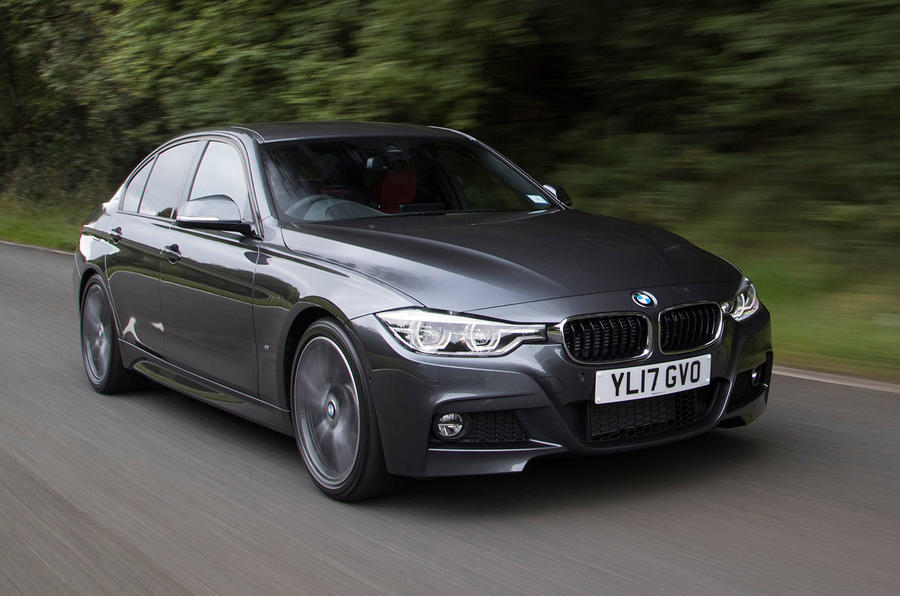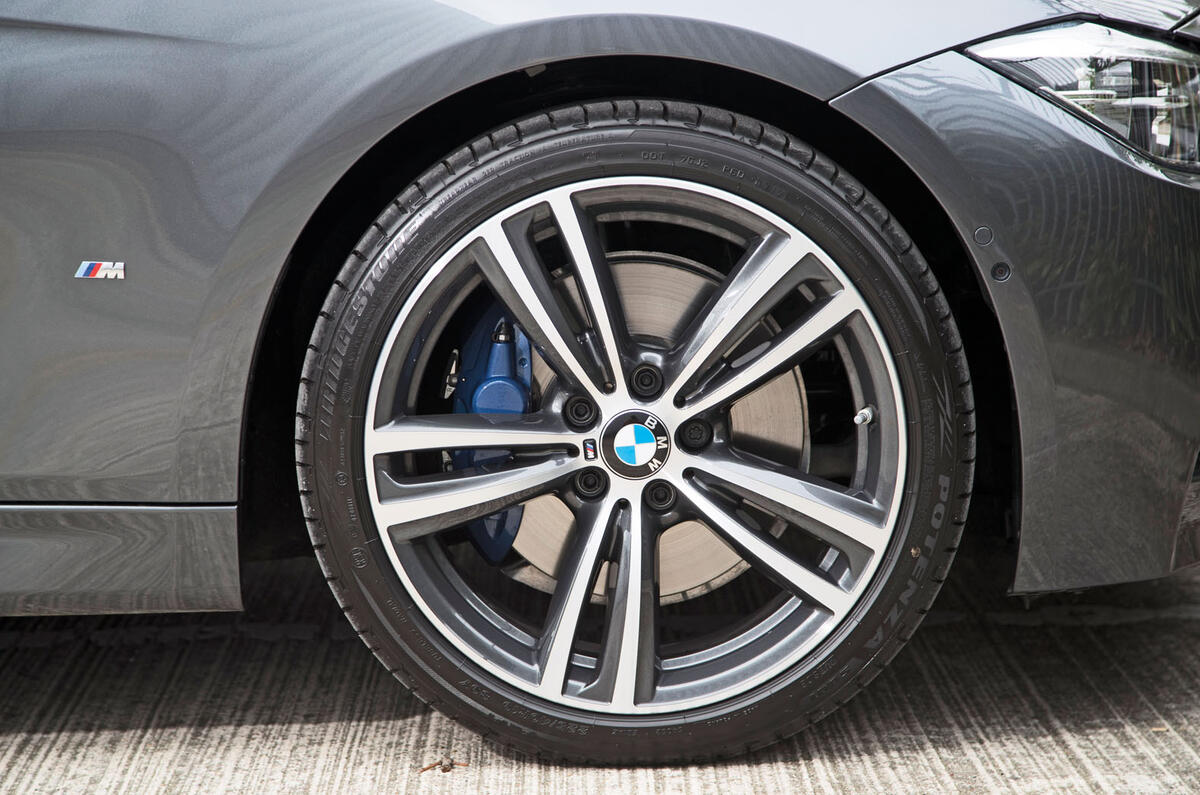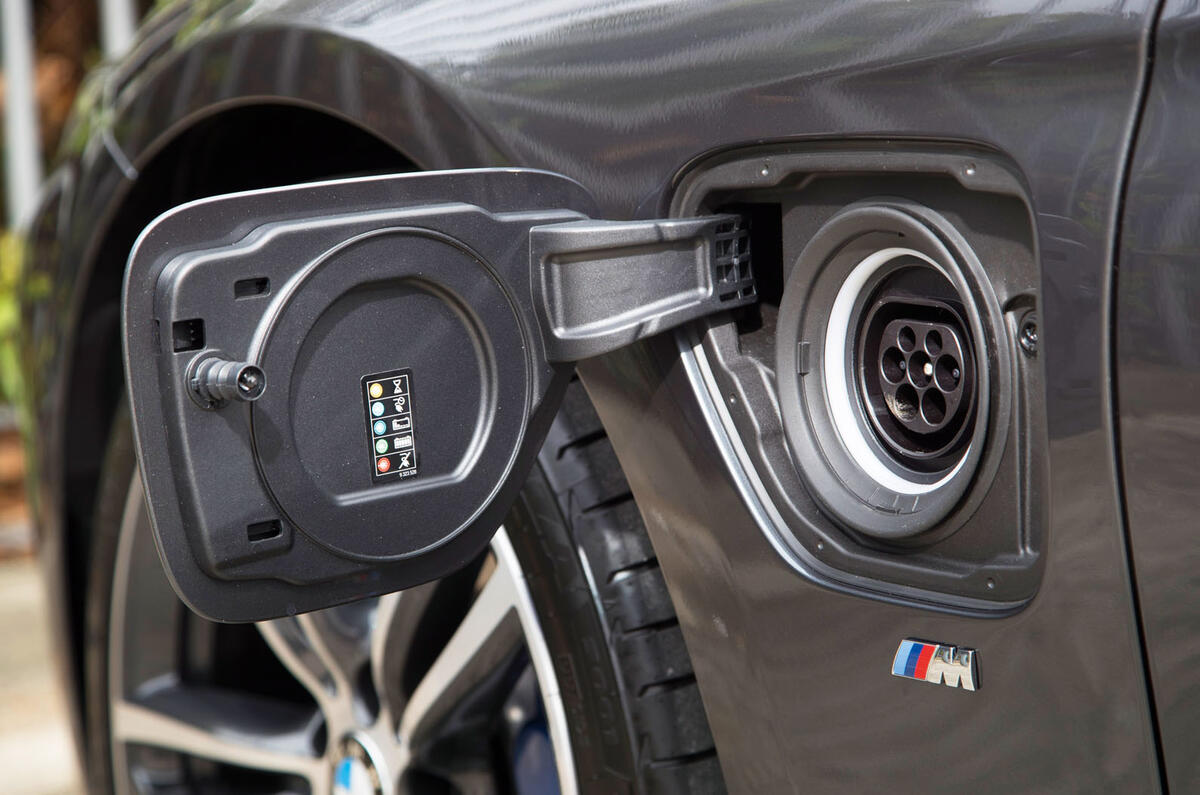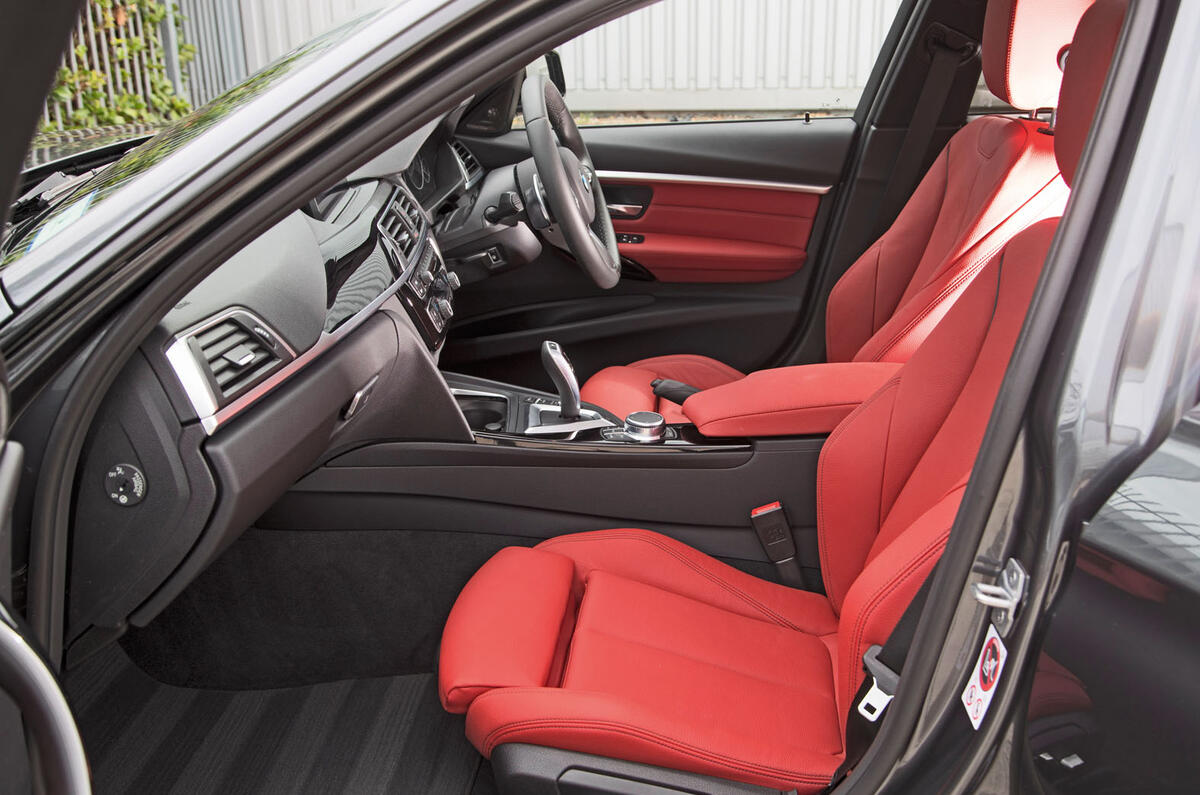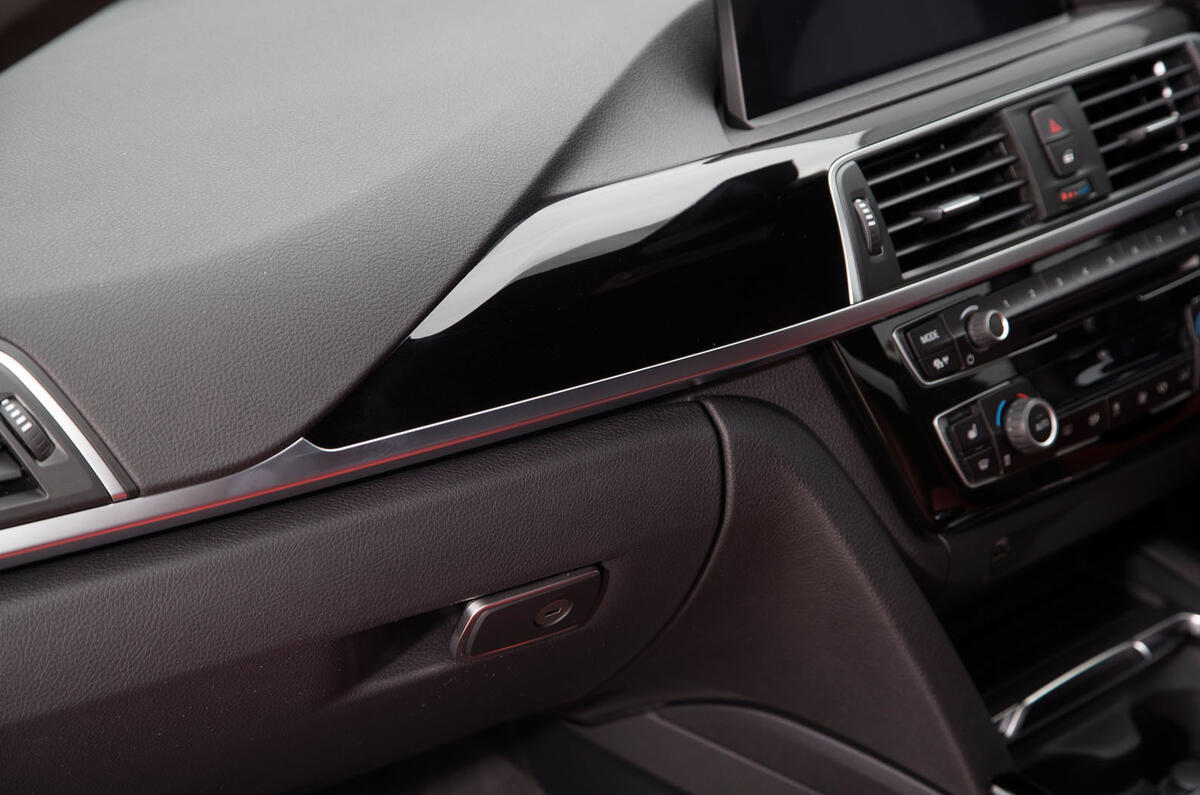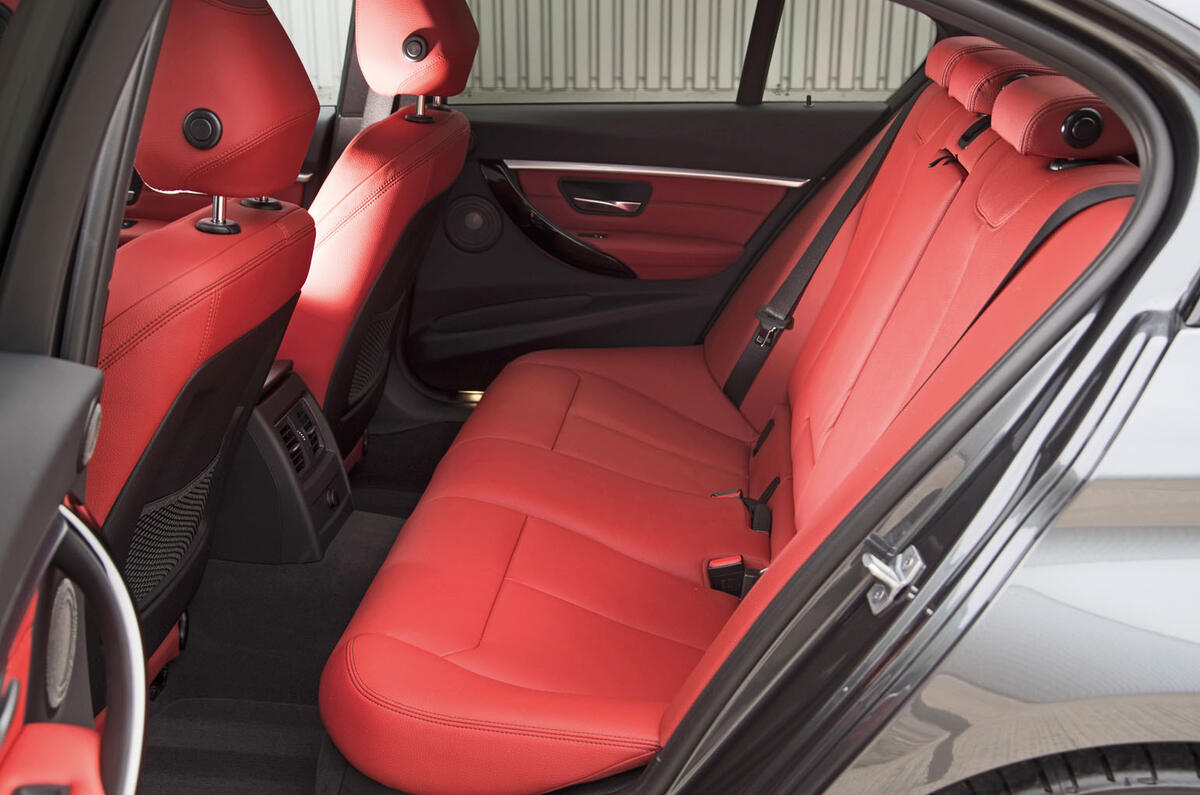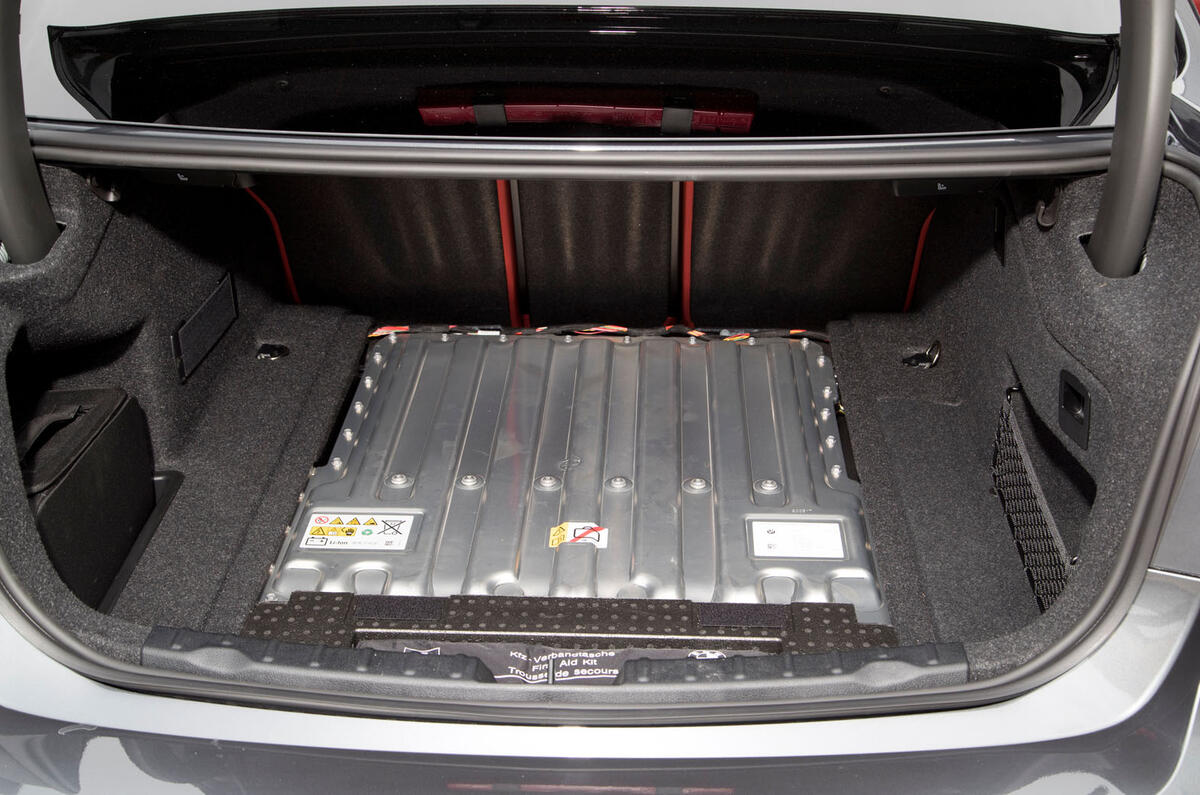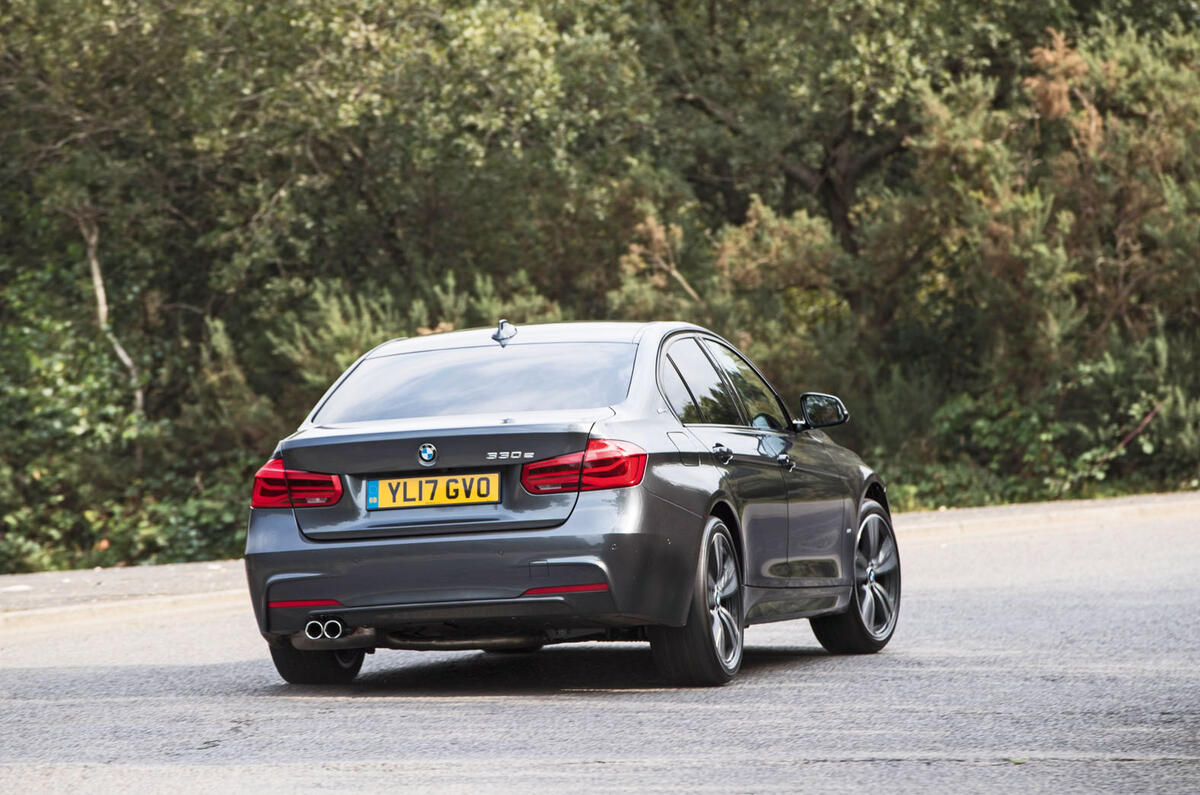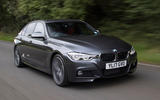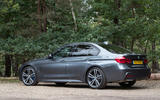We’re still at that juvenile stage in the development of the plug-in hybrid car when the good ones often distance themselves from the less good simply because they were designed from a clean sheet to accept items such as drive batteries and electric motors.
The 330e certainly feels that way for the most part, although there are a few compromises its buyer is obliged to make, and one or two sacrifices too.
The car adopts a technical layout that is becoming increasingly common among cars of its ilk, where a combustion engine is hooked up in series with an electric motor and both drive through the same transmission.
Relative to the ‘electric rear axle’ route that other PHEVs take, BMW’s philosophy saves weight, although it may also penalise the car slightly on electric-only energy efficiency and operating range, with more inertia and friction for the electric motor to overcome than it might otherwise have had.
The 330e’s combustion engine is the same twin-scroll turbocharged 181bhp 2.0-litre petrol unit that powers the 320i. But hooked up in train with an 87bhp electric motor, it makes for an identical 249bhp peak as the 330i, as well as 52lb ft more torque than its petrol-only sibling.
That’s the kind of pulling power that ought to present itself in our in-gear acceleration figures – particularly since it’s on tap from just 1500rpm.



